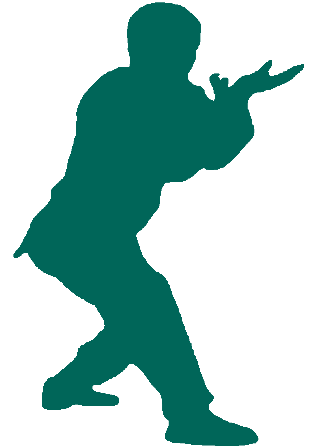As stated in previous posts, Pa Kua Chang follows natural principles. The principles of nature dictate that all individuals are graced with their own unique characteristics, capabilities, and personality. Taoism teaches that to achieve true harmony with the natural world, everyone must discover, and live life in accordance with, natural principles and their own unique natures. Following “The Way” in Taoism, involves searching for how one’s own nature fits seamlessly into the ever changing ebb and flow of the universe.
Historical records indicate that Tung Hai Ch’uan was a Taoist and that he developed his art while living at a Taoist temple. It seems natural and logical that he would teach his students based on the principles of the Tao. An examination of what Tung’s students learned from him, and how it was passed on, in turn, to their students, reveals that Tung did, indeed, teach every student in accordance with their own unique qualities and characteristics.
In teaching his students, Tung Hai Ch’uan took into account each student’s martial arts background, character, size, aptitude, ability, personality, age, and physical condition. Because he taught each student differently, based on that student’s unique qualities, every lineage of Pa Kua Chang existing today has its own “flavor.” Even fundamental components of the art, such as the “Eight Mother Palms,” are executed differently in each lineage. Tung’s formal students and grand-students all approached the transmission of their art in the exact same manner as Tung himself. They taught each student in the traditional way — a natural way that was unique to that student. Unfortunately, in recent times, many instructors have begun to “standardize” the Pa Kua forms and teach the same exact choreographed routines and fighting applications to all of their students, regardless of their students’ differences in size, aptitude, and character. This fixation on form and misunderstanding of tradition serves only to constrain the art and severely limits the level of mastery an individual student can attain.
The first and foremost principle of Pa Kua Chang is adaptability and change. Those who try to define Pa Kua Chang too rigidly, and structure its practice and application based solely on form, have moved away from the true intent of the art. Art, by its very nature, is based upon individual expression; it is a reflection of the world and is an adaptation of the times. Providing a structure to an art that is too rigid, and judging it based on that severe structure, serves only to stifle the growth of the art and stifle the progress of those who practice it. In Sifu Bok-Nam Park’s traditional method, students are taught the principles of the art before they are taught any forms or techniques. They are taught to identify their individual strengths and weaknesses and are provided with a program, a prescription, which is designed to improve their weaknesses and highlight their strengths. Students are taught how to adapt the art to various opponents, environments, and fighting situations while remaining true to the underlying fundamental and natural principles of Pa Kua. This is in keeping with the true nature, spirit, and intent of the art of Pa Kua Chang.

